Gallery
Photos from events, contest for the best costume, videos from master classes.
 |  |
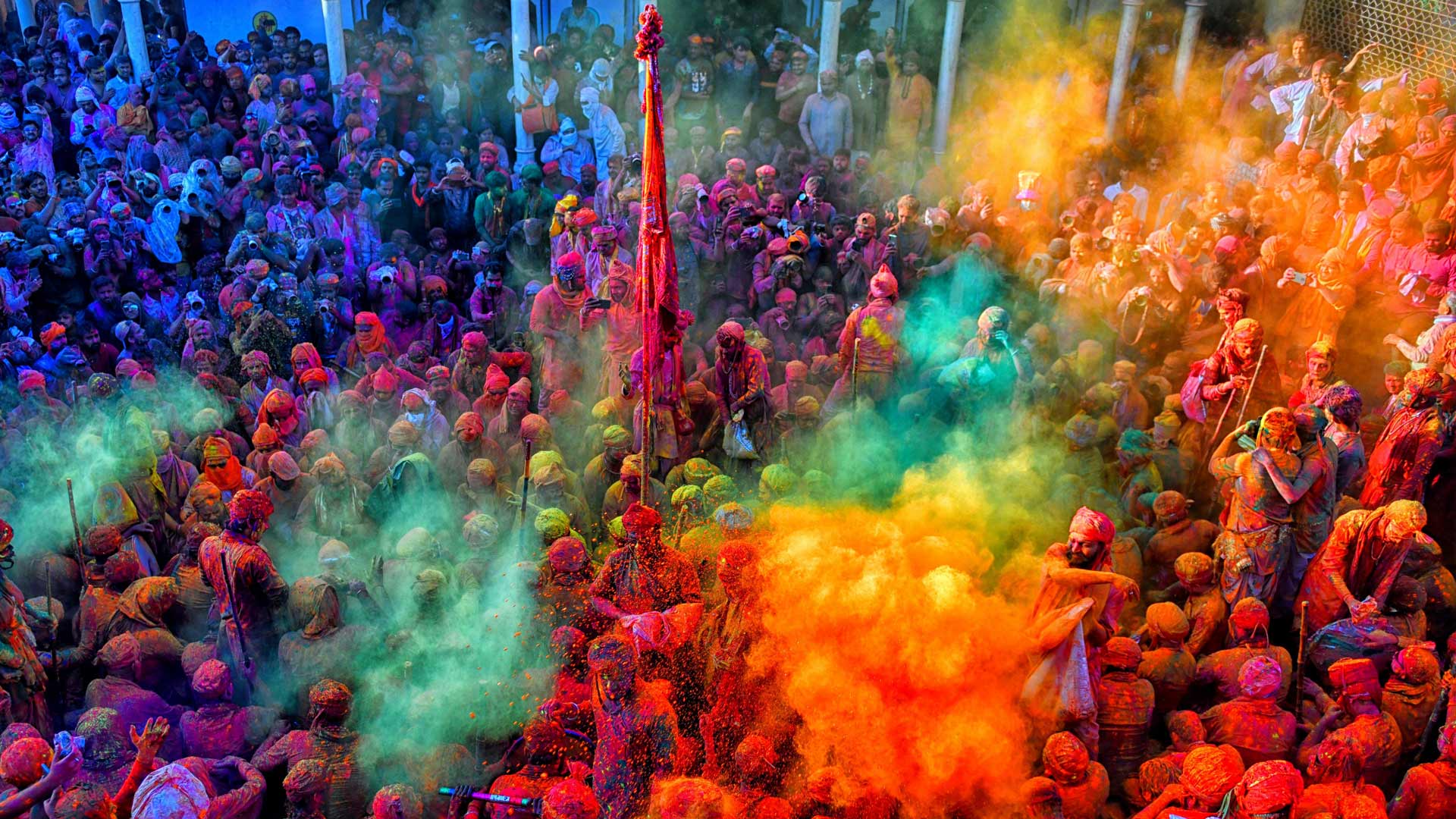 |  |
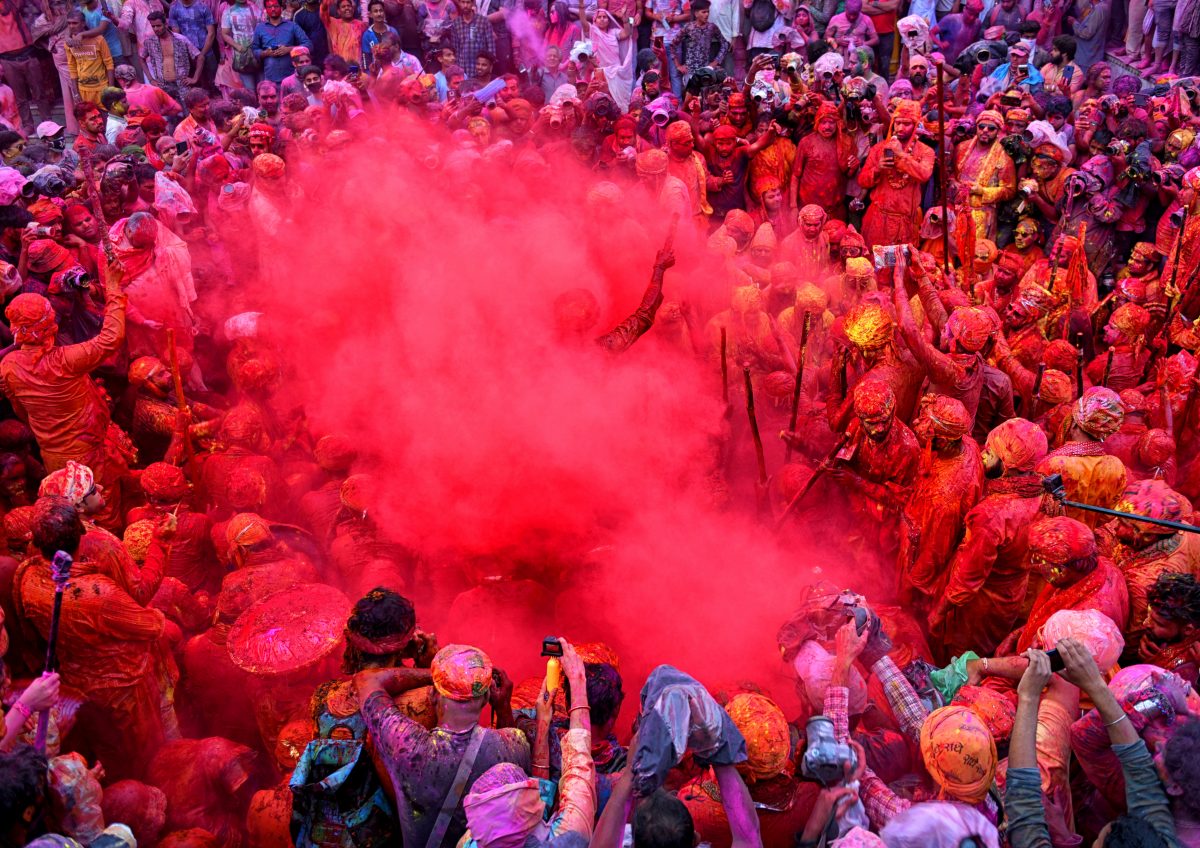 | 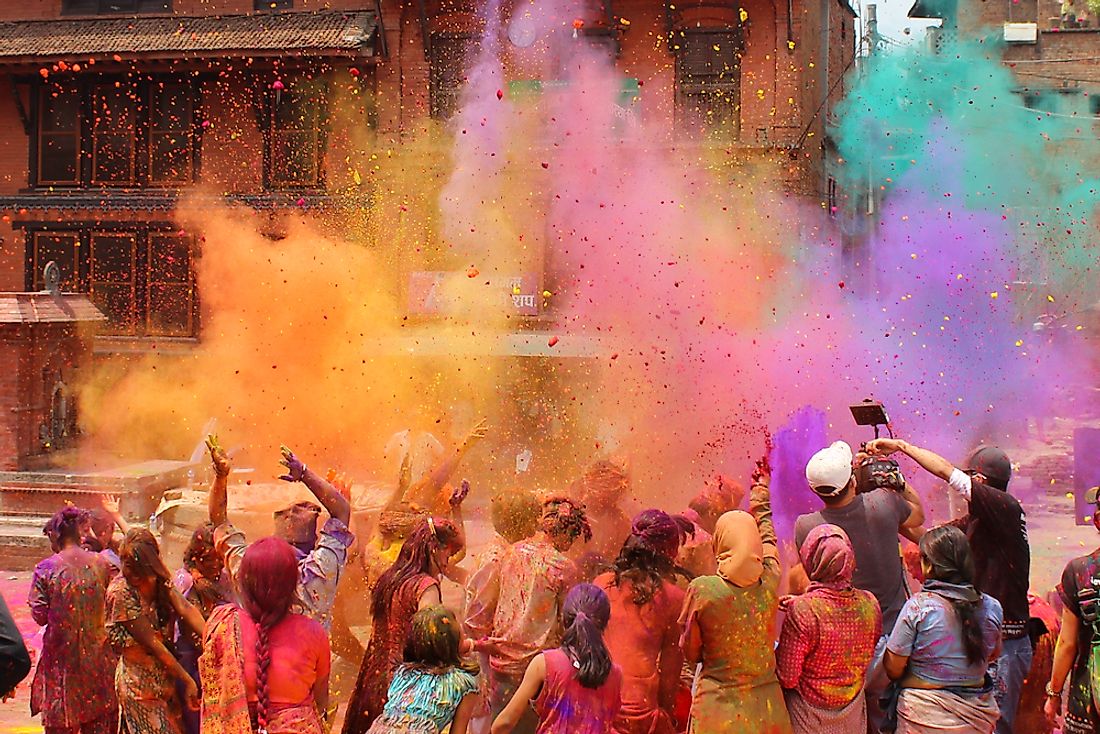 |
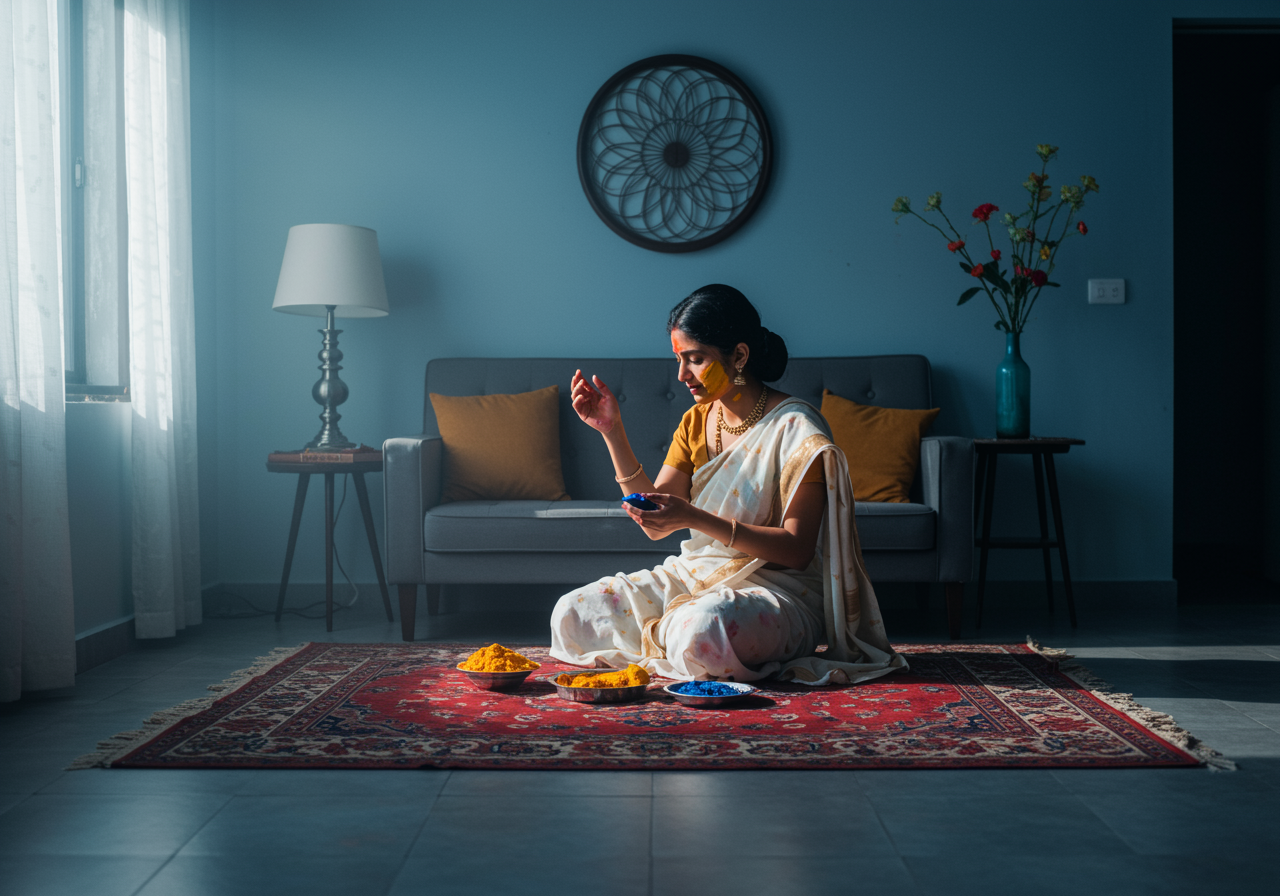 |  |
 | 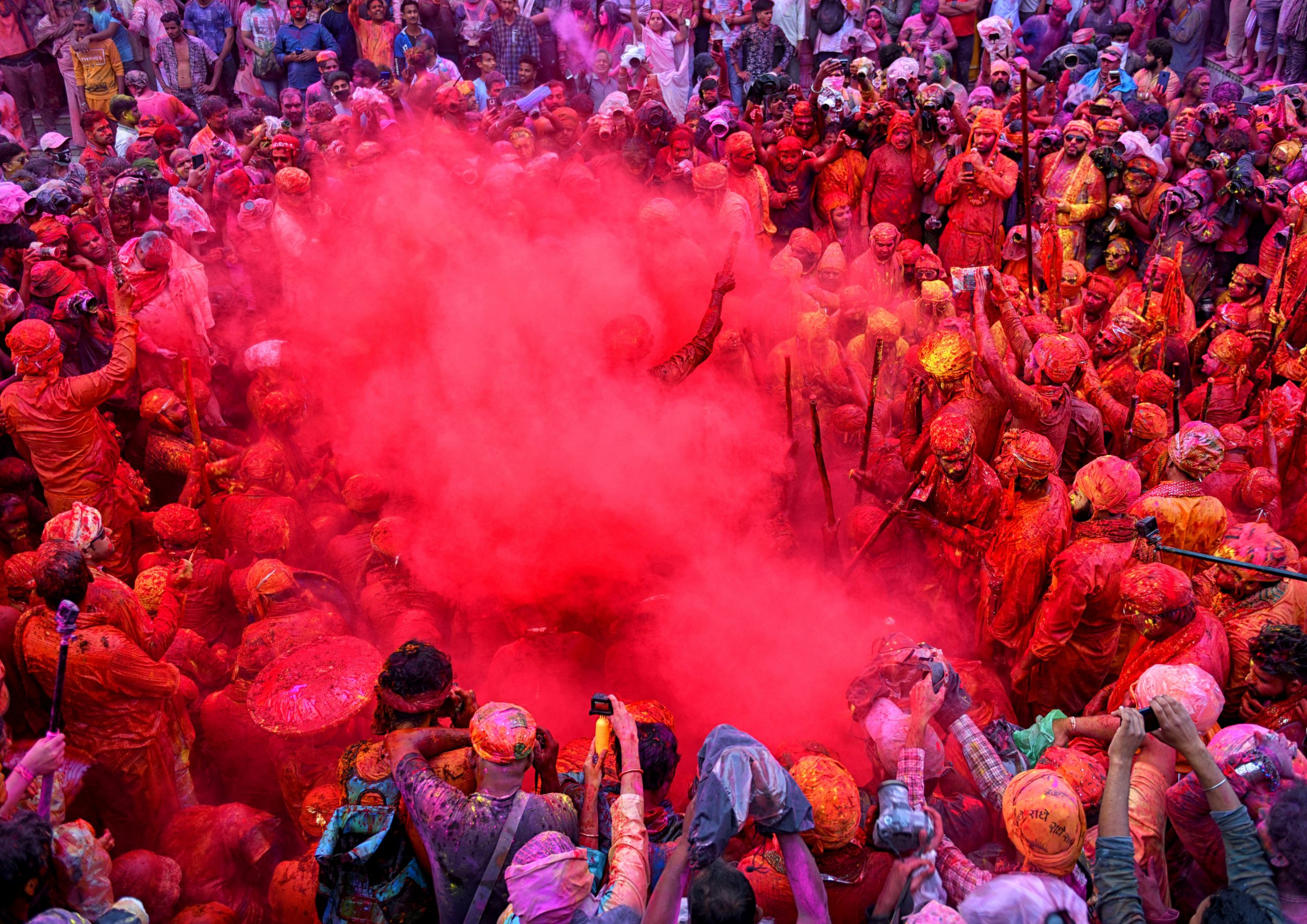 |
 |
Indo-Fijians celebrate Holi or Pagua as its called in Fiji Hindi, as the festival of colours, folksongs, and dances. The folksongs sung in Fiji during Holi season are called phaag gaaian. Phagan, also written as Phalgan, is the last month of the Hindu calendar. Holi is celebrated on the full moon of Phagan. Holi isn't just about vibrant colors! Dive into the fascinating reasons behind Holi's nickname, 'Festival of Colours,' and discover its significance as a celebration of spring, new beginnings, and Holi, often called the "festival of colors," is a vibrant and joyful Hindu celebration that marks spring’s arrival, the triumph of good over evil, and the legendary love between Radha and Krishna. Holi is a Hindu festival celebrated with great enthusiasm and zeal. Known as the "Festival of Colors," it involves people throwing vibrant colors at each other, dancing to traditional music, and celebrating with food, sweets, and festive drinks. The second day of Holi is called Rangwali Holi, Dhulandi, Dhulandi, Phagwah or Badi Holi. This is the day when people apply colours to one another, party and enjoy. Children and youngsters play in groups with dry colours called abir or gulal, pichkaris (water guns), water balloons filled with coloured solutions and other creative things. You Holi’s traditions vary throughout the country and have their roots in Indian mythology. In many places the festival is associated with the legend of Hiranyakashipu, a demon king in ancient India. Hiranyakashipu enlisted the help of his sister, Holika, to kill his son, Prahlada, a devoted worshipper of Vishnu . In Maharashtra: The festival is celebrated with ‘Puran Poli’ sweets and community gatherings. VI. Symbolism of Colors in Holi A. Meaning behind different colors used during the festival. Colors play a vital role in Holi, each carrying its own significance: Red: Symbolizes love and passion. Yellow: Represents brightness and energy. In 2025, Holi will be celebrated on March 13. The festival lasts for two days: the first day is known as Holika Dahan or Chhoti Holi, and the second day is called Rangwali Holi or Dhulandi. Why is Holi Celebrated with Colors? Why is Holi celebrated with colors? The use of colors during Holi is linked to the playful nature of Lord Krishna Holi is more than just a festival of colours—it is a celebration of life, love, and new beginnings. The festival teaches people to embrace unity and togetherness, let go of negativity, and Holi is actually a two-day festival. Before the main Holi, there is Holika Dahan or Choti Holi (“small Holi”), where people gather around bonfires to sing and dance to let go of any negative Holi, often called the “Festival of Colors,” is one of the most vibrant and widely celebrated festivals in India and other parts of the world where Indian communities reside. Holi India celebration carries deep cultural and social significance, transcending religious boundaries and fostering unity, joy, and renewal. A colorful and dynamic festival, the annual celebration of Holi, also known as the Festival of Colors, is celebrated by Hindus in India and throughout the world. Holi is called festival of colours because colours signify the happiness of victory of good over evil. However, there is another mythological interpretation that is thought to add to the festival Why is Holi called the Festival of Colors? Johanna Drouin/EyeEm/Getty Images. The main event of Holi is the color-filled celebration. While the bonfire on the night before has a religious element Holi is also called “the festival of colors” or “the festival of spring”. The festival represents the triumph of good over evil and is celebrated in the month of Vrindhavan, on the month of March. Often called the Festival of Colors, Holi is a vibrant celebration that involves dancing, singing, and the playful throwing of colored powders and water at fellow revelers. Holi is celebrated Holi Special: The Festival of Color & Love#holi#shortsyour queries:-why is holi called the festival of colourswhat is the festival of coloursthis song is mad The celebrations of Holi last for two days in most regions, starting with Choti Holi or Holika Dahan, and ending with Dhulandi or Rangwali Holi (Holi). Why is Holi called the festival of colours? As per Hindu mythology, Lord Krishna had a dark complexion and Radha was very fair. Holi, the festival of Colors, is celebrated in different corners of India on full moon day in the month of Phalgun, which is the month of February/March as per the Gregorian calendar. ‘Holi’ marks the onset of Spring. Throwing of colours to each other is the signature of this festival. Therefore, it is often referred to as the Festival of As for the festival of colors, Holi is dedicated to Krishna and most of the stories and legends related to this festival are related in some way or the other to the Hindu God of Compassion, Love and Protection. The legend related to the reason why we celebrate Holi today as the festival of colors takes place during the childhood of Krishna.
Articles and news, personal stories, interviews with experts.
Photos from events, contest for the best costume, videos from master classes.
 |  |
 |  |
 |  |
 |  |
 |  |
 |